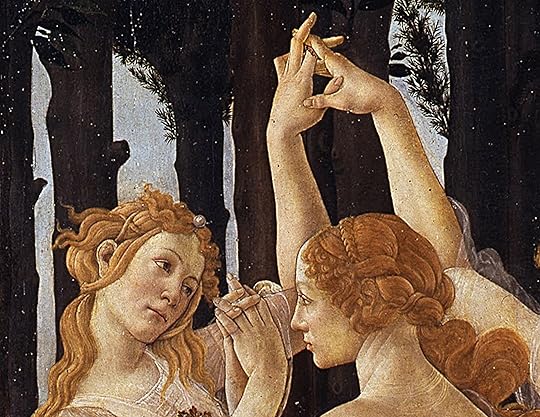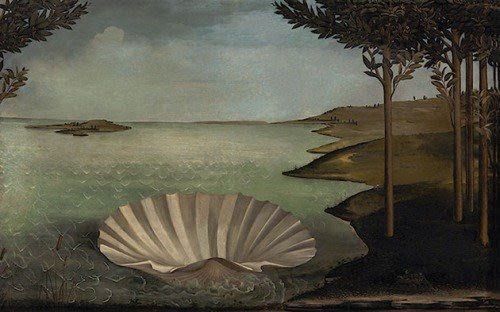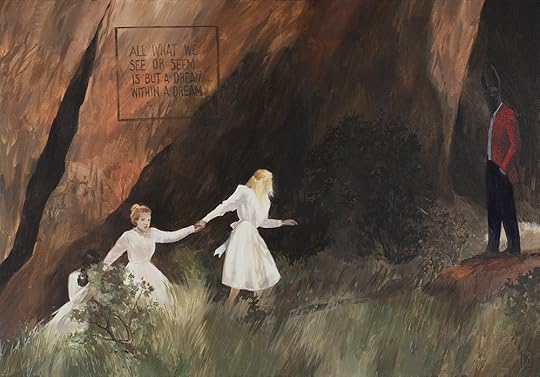What do you think?
Rate this book


189 pages, Paperback
First published January 1, 1967
"Peering down between the boulders Irma could see the glint of water and tiny figures coming and going through drifts of rosy smoke, or mist. 'Whatever can those people be doing down there like a lot of ants?' Marion looked out over her shoulder. 'A surprising number of human beings are without purpose. Although it's probable, of course, that they are performing some necessary function unknown to themselves.' Irma was in no mood for one of Marion's lectures. The ants and their business were dismissed without further comment. Although Irma was aware, for a little while, of a rather curious sound coming up from the plain. Like the beating of far-off drums."oh, the glorious mystery of it all! but, a person may ask, what does it all truly mean? what is the exact point, how does this all add up, what specific message are we supposed to glean? well never fear, you charming perfect book... i am not one to kiss and tell! your secrets shall remain safe with me.


Whether Picnic at Hanging Rock is fact or fiction, my readers must decide for themselves. As the fateful picnic took place in the year 1900, and all the characters who appear in this book are long since dead, it hardly seems important.
...The plain below was just visible; infinitely vague and distant. Peering down between the boulders Irma could see the glint of water and tiny figures coming and going through drifts of rosy smoke, or mist. 'Whatever can those people be doing down there like a lot of ants?'
Marion looked out over her shoulder. 'A surprising number of human beings are without purpose. Although it's probable, of course, that they are performing some necessary function unknown to themselves.'
And now, at last, after a lifetime of linoleum and asphalt and Axminster carpets, the heavy flat-footed woman trod the springing earth. Born fifty-seven years ago in a suburban wilderness of smoke-grimed bricks, she knew no more of nature than a scarecrow rigid on a broomstick above a field of waving corn. She who had lived so close to the little forest on the Bendigo Road had never felt the short wiry grass underfoot. Never walked between the straight shaggy stems of the stingybark trees. Never paused to savour the jubilant gustsof spring that carried the scent of wattle and eucalypt right into the front hall of the college. Nor sniffed with foreboding the blast of the north wind, laden in summer with the fine ash of mountain fires...






“There is no single instant on this spinning globe that is not, for millions of individuals, immeasurable by ordinary standards of time: a fragment of eternity forever unrelated to the calendar or the striking clock” (120)
